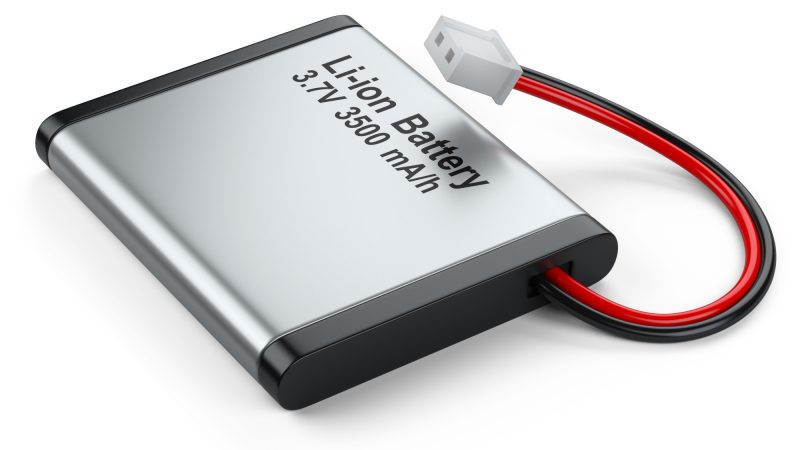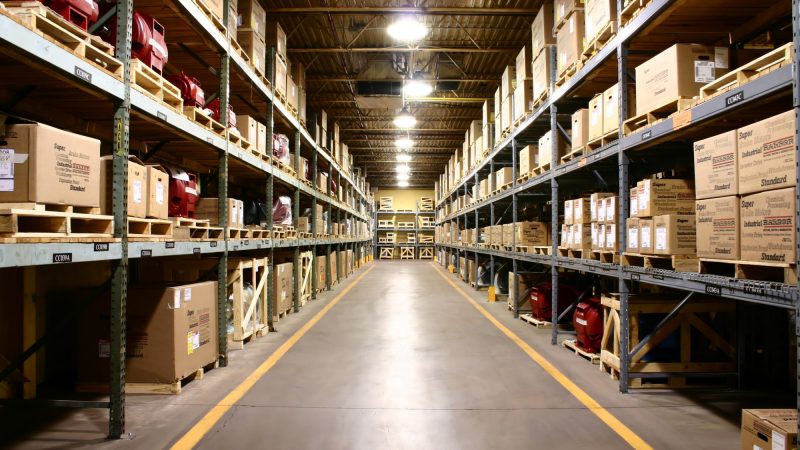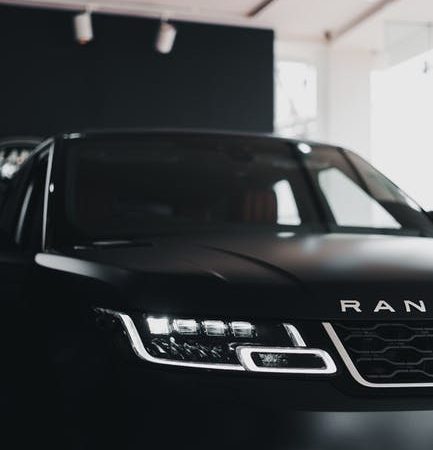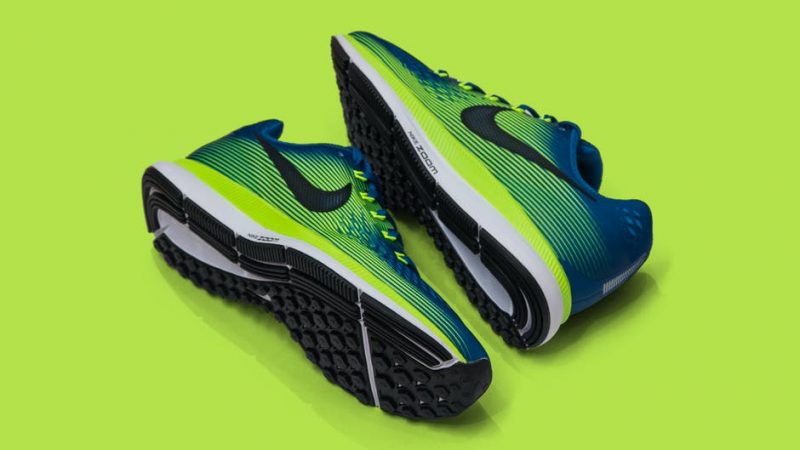The Most Common Commercial Roofing System Types

Modern commercial roofing comes in many types and forms. Each roofing type available was build and designed to meet the needs of the building and the budget of the building owner.
The type of roof on your commercial property plays a huge role in the building’s health and longevity of the roof.
If it is time to replace your existing commercial roofing system or build a new commercial space, keep reading. Here you can find some of the most common types of roofing materials and roofing systems used for commercial properties.
Metal Roofing
Choosing durable, metal roofing is extremely popular. That’s because it has a lifespan of 40 to 60 years.
You can find several types of metal roofing systems available today, some that include integrated snow removal or solar panel systems.
Some of the most common metal commercial roofing materials used today include:
- Aluminum
- Corrugated galvanized steel
- Coated or stainless steel
- Copper
- Tile sheets
- Zinc and tin
With metal roofing systems, you have a finished, attractive look. It is also fire resistant and stronger than many of the other options used today.
The main downside of metal roofing is that it is susceptible to corrosion. Due to this, most metal roofing has protective surface layers added that manage damage from environmental factors, pollution, moisture, and exposure.
If you think metal roofing is ideal for your building and want to know for sure, speak to a roofer at this location.
Spray Polyurethane Foam Roofing
Spray polyurethane foam (SPF) roofing is considered an environmentally friendly option ideal for manufacturing, industrial, and commercial facilities.
SPF is a material that starts out in a liquid form and that then expands and creates a foam. This creates a solid, seamless layer across the existing roof.
Even though this roofing system has been used since the 1960s, it still isn’t widely known or used for modern buildings. SPF roofing systems can be used in any climate and will last for 50 years or more when properly installed and maintained.
Some of the biggest benefits of an SPF roof include energy efficiency, durability, and waterproof characteristics. It is also an eco-friendly option. That’s because the original roof doesn’t have to be removed.
Modified Bitumen Roofing
With modified bitumen roofing, fabrics are used to act as a carrier. They are cut with a laser and then installed a layer at a time like BUR membranes.
Usually, this roofing system is fastened to a commercial roof as a two-ply system. This means it adheres to the roofing deck, which provides maximum protection and stability.
Maintenance for modified bitumen roofing is simple. Usually, this can be handled with yearly inspections and regular cleaning.
Compared to other flat roof systems, this roofing system provides more tensile strength, which means foot traffic won’t cause damage as it does to other materials.
Built-Up Roofing Membranes
In most situations, built-up roofing will offer a lifespan of about 20 years or more when properly cared for. It is created by alternating layers of gravel and tar.
The total number of layers will impact durability and cost. While this is true, it is still affordable and easy to repair. It is also one of the most flexible and oldest types of roofing systems used.
This seamless roofing can hold up well to ongoing foot traffic, but it is dependent on the understructure and if it can carry the vibrations and weight caused by movement. Even better, it offers UV resistance, and a coating can be applied to reflect the heat.
The biggest downside of BUR roofing is its lifespan. It is one of the shortest options, and it’s often difficult to find leak sources as the roof gets older.
Thermoset Roof Membrane
Better known as EPDM roofing, thermoset roofing offers long-lasting versatility and durability. It is also simple to install and provides easy maintenance and repairs compared to other types of commercial roofing systems.
EPDM also strongly resists ozone and UV light and is constructed using a single-ply rubber material.
Some of the other benefits include improved flexibility when it is colder outside. Even better, the roofing material is resistant to some alcohol, solvents, and acids. Thanks to the reflective properties, it will help reduce overall cooling costs.
Green Roofing
Green roofs may last for 30 to 50 years. They are made of a waterproof, tough membrane that green plants completely cover.
This type of sustainable surface helps improve air quality and provides a green space that allows employees to relax and rest.
Benefits of a green roof include protection from the elements, government and utility incentives (in some situations), and appealing aesthetics. In some designs, there are sophisticated drainage and water management systems in place.
The biggest downside of green roofing is that it will require ongoing monitoring and maintenance.
Finding the Right Commercial Roofing System
Ensuring the right commercial roofing system is installed is a must to protect your commercial building. The options here represent some of the ones you can choose from.
If you aren’t sure what roofing system is right for your building or budget, speak to the professionals. They can evaluate your needs and ensure that you get the roofing system that you need.
In the long run, investing in the right roofing system will help you save time and money.
Are you searching for more information on different trending topics? If so, our blog has you covered. Here you can find information on topics ranging from technology and finance to education, law, and more.






